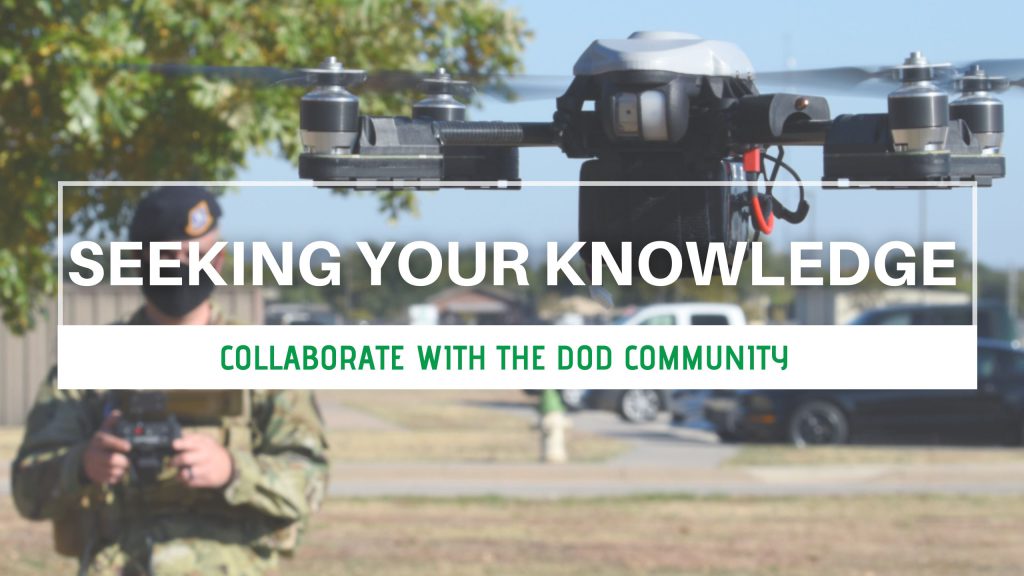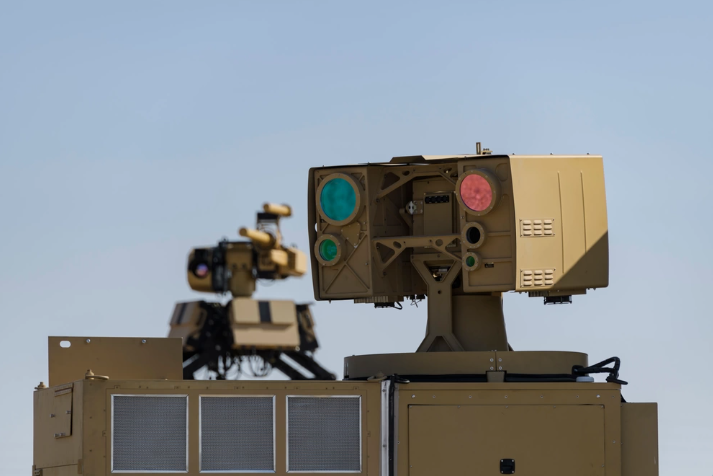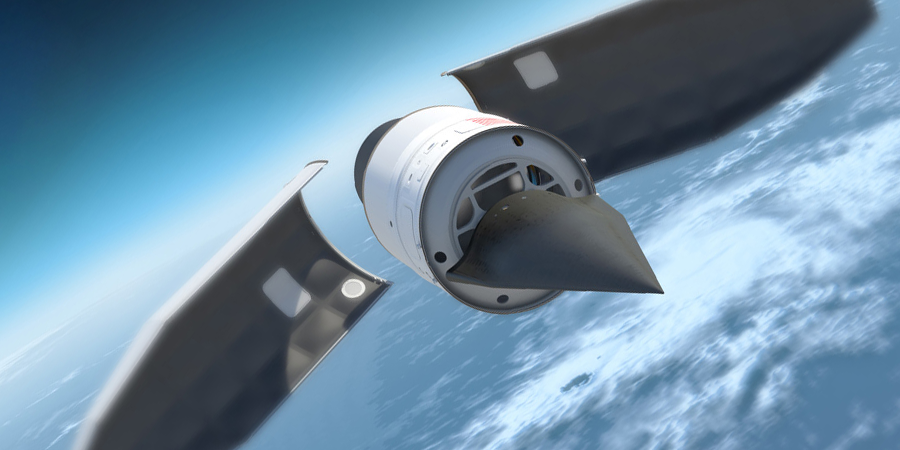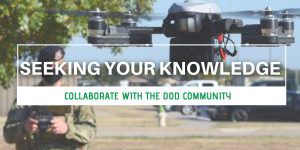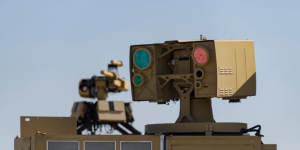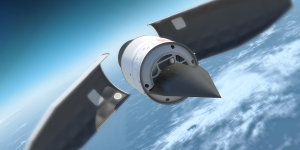What research or testing has been done to launch long-rod projectiles at near-hypersonic or greater speeds while causing the projectile to impact a target lengthwise?
The Defense Systems Information Analysis Center (DSIAC) is seeking information on technologies, methodologies, and processes that can be used to launch long-rod projectiles at 3 kft/s or greater, resulting in the projectile impacting lengthwise on a target surface perpendicular to the projectile’s line of flight. Of primary interest are methodologies, test procedures and results, and…




